Divergence & Convergence in Binary Options Trading (2025)
Updated: 21.03.2025
Divergence and convergence in trading: how to use divergence and convergence in binary options trading (2025)
In the last article, we got acquainted with oscillators - technical analysis indicators that “predict” further price movements. Today we will talk about an important property of these indicators - determining divergence and convergence in trading.
Divergence in trading is a discrepancy between the data on the price chart and the indicator data. Convergence in trading is the convergence of the data on the chart with the indicator data. It’s not clear yet, right? This article aims to correct that.
For example, this is what divergence looks like when determined by the MACD oscillator: If we consider the divergence using the Stochastic indicator, it will look like this: Using the RSI oscillator you can also determine divergence: In most cases, divergence predicts a slowdown, correction, or trend reversal. In any case, this phenomenon suggests that the upward trend has weakened very much, as the indicators tell us. Divergence can be used profitably in trading, but, of course, as in any other cases, there are no 100% methods for making a profit.
Divergence is considered identified if there are at least two peaks on the chart (the second is higher than the first), and on the indicator each new maximum is lower than the previous one - there is a divergence. In such cases, a trade can be opened two candles later, after confirmation of the divergence.
It is important that the movement of these two candles is directed downward - so that a top is indicated on the price chart, after which you can look for a downward signal. At the same time, the indicator should also point to the top after which the fall began. This is best viewed on the MACD histogram (especially if it is colored - an increase in the histogram is indicated by one color, and a decrease in the histogram by another color).
If the fall began on the price chart, and the indicator did not react to this fall in any way, then we wait for the indicator’s reaction and only then count two candles, after which you can open a downside trade: A downward trade should be opened for 3-5 candles. As a rule, this is quite enough for the transaction to close in profit. If we describe the divergence trading algorithm, it will look like this:
If we look at examples of convergence, MACD will define it as follows: The RSI indicator is also capable of determining the convergence of an asset: And, of course, you can determine convergence using Stochastic: Convergence indicates a possible trend reversal (from downward to upward), a price rollback against the trend, or a transition to sideways movement (consolidation). In any case, we should expect a movement against the current trend. In most cases this is what happens.
Convergence can be used just as profitably as divergence. The rules will be similar with one difference - trades after convergence are opened upward.
For variety, let’s look at another example of convergence, but using the RSI indicator: Everything is just as simple here (if not simpler than using MACD). It is very easy to find a local minimum on the RSI, and after that all you have to do is wait two candles and open a bullish trade on the third candle.
Of course, trading convergence and divergence is fraught with risks:
Hidden divergence trading is similar to the regular divergence trading algorithm:
Let's say we have identified convergence on the chart - it is formed in a downward trend: The next step is to plot the trend line on the price chart. Since we have a downward trend, it is best to draw a resistance level - a line located above the price, drawn from the beginning of the trend through the tops: We know the end of the convergence - the second depression in the oscillator window has formed and growth has begun. We wait for the moment when the candle breaks the trend line and closes behind it. We open a bullish trade on the next candle with an expiration time of 3-5 candles: Hidden convergence trading occurs in exactly the same way:
Another serious disadvantage that I see is the human factor. Each trader sees trend lines differently (there are no 100% indications), which means he may make a mistake in drawing the line, on which the quality of the signal depends. These problems do not exist (or are significantly fewer) in trading after the formation of the second top or bottom in convergence or divergence.
Let me remind you:
There is one simple rule that saves me from losses - “if I don’t like something or something is unclear, then I don’t trade!” Do the same - if you don’t understand something now, then refrain from trading. Divergence and convergence will be a complex tool for many, and you should not delve into this topic just because it says here that it is “profitable.”
It is profitable for an experienced trader, but for an inexperienced one it is a complete failure and loss of money. Do you need it?! Of course, if you don’t try, nothing will work. You need to try, but you should gain experience gradually - you shouldn’t risk everything you have by trading using a method you don’t understand.
Trading has always been a marathon in which a trader gains knowledge gradually, the longer he is in trading, the more he understands. There is no need to make trading a sprint, shouting “I’ll learn everything in one day!” Don't study! If a topic seems interesting to you, but is still very distant, return to it when you have a clear understanding of what is happening and experience that will allow you to master the unexplored. Only in this case, any instrument, including convergence and divergence, will bring you profit.
Divergence in trading is a discrepancy between the data on the price chart and the indicator data. Convergence in trading is the convergence of the data on the chart with the indicator data. It’s not clear yet, right? This article aims to correct that.
Contents
- Divergence in trading: examples and description
- Divergence trading rules - how to make money on divergence
- Convergence in trading: examples and description
- Convergence trading rules - use convergence to make a profit
- Hidden divergence in trading - how to trade hidden divergence
- Hidden Convergence – How to Trade Hidden Convergence
- Trading divergence and convergence along trend lines
- 9 important rules of divergence and convergence
- Divergence and convergence are formed in a trend
- Identify the trend correctly
- After a sideways movement comes a trend
- Overbought and oversold are more important in determining divergence and convergence
- Correctly connect highs and lows
- The maximums and minimums must coincide vertically
- Correct tilt angle
- Divergence and convergence may not work for long
- The best signals on higher time frames
- Convergence and divergence - summing up
- Divergence and convergence as a source of profit
Divergence in trading: examples and description
Divergence, in trading, is the discrepancy between the price chart and the indicator chart. In practice it looks like this:- There is an upward trend on the price chart, and the price is updating its highs
- On the indicator chart, instead of copying price movements, each new high is lower than the previous one
- MACD
- RSI
- Stochastic
For example, this is what divergence looks like when determined by the MACD oscillator: If we consider the divergence using the Stochastic indicator, it will look like this: Using the RSI oscillator you can also determine divergence: In most cases, divergence predicts a slowdown, correction, or trend reversal. In any case, this phenomenon suggests that the upward trend has weakened very much, as the indicators tell us. Divergence can be used profitably in trading, but, of course, as in any other cases, there are no 100% methods for making a profit.
Divergence trading rules - how to make money on divergence
Divergence occurs in uptrends and signals a reversal, correction or stop in the trend - i.e. about a possible movement against the current trend (down). It is the downward entry points that should be looked for after determining the divergence.Divergence is considered identified if there are at least two peaks on the chart (the second is higher than the first), and on the indicator each new maximum is lower than the previous one - there is a divergence. In such cases, a trade can be opened two candles later, after confirmation of the divergence.
It is important that the movement of these two candles is directed downward - so that a top is indicated on the price chart, after which you can look for a downward signal. At the same time, the indicator should also point to the top after which the fall began. This is best viewed on the MACD histogram (especially if it is colored - an increase in the histogram is indicated by one color, and a decrease in the histogram by another color).
If the fall began on the price chart, and the indicator did not react to this fall in any way, then we wait for the indicator’s reaction and only then count two candles, after which you can open a downside trade: A downward trade should be opened for 3-5 candles. As a rule, this is quite enough for the transaction to close in profit. If we describe the divergence trading algorithm, it will look like this:
- The first local maximum on the price chart and in the indicator window coincide (it is not particularly interesting to us)
- The second local maximum on the price chart is higher than the previous one, and in the indicator window we observe that the second maximum is lower than the first maximum - a divergence occurs
- We are waiting for the formation of the second maximum on the indicator (it may not coincide with the maximum on the chart, but be sure to look at the indicator!)
- As soon as the indicator has formed a maximum and began to show a decline (the histogram or line is moving down), wait for two candles and after them open a trade down for a period of 3-5 candles
Convergence in trading: examples and description
Convergence, in trading, is the process of convergence of the price chart with the indicator readings. In fact it looks like this:- There is a downtrend on the chart (downtrend)
- Price updates lows
- In the indicator window, the second minimum is higher than the first
- MACD
- RSI
- Stochastic
If we look at examples of convergence, MACD will define it as follows: The RSI indicator is also capable of determining the convergence of an asset: And, of course, you can determine convergence using Stochastic: Convergence indicates a possible trend reversal (from downward to upward), a price rollback against the trend, or a transition to sideways movement (consolidation). In any case, we should expect a movement against the current trend. In most cases this is what happens.
Convergence can be used just as profitably as divergence. The rules will be similar with one difference - trades after convergence are opened upward.
Convergence trading rules - use convergence to make a profit
First of all, you need to make sure that there is convergence:- Convergence occurs in downtrends
- Price minimums should be updated on the price chart
- The first minimum is not particularly interesting to us, but it should coincide with the minimum in the indicator window
- The second minimum on the price chart is lower than the first, but in the oscillator window the second minimum will be higher than the first
- We are waiting for the formation of the second minimum in the indicator window
- As soon as a local minimum has formed and the indicator shows growth (upward shift of the histogram or line), wait for two candles and open a bullish trade (we open the trade at the beginning of the formation of the third candle)
- Expiration time is 3-5 candles
For variety, let’s look at another example of convergence, but using the RSI indicator: Everything is just as simple here (if not simpler than using MACD). It is very easy to find a local minimum on the RSI, and after that all you have to do is wait two candles and open a bullish trade on the third candle.
Of course, trading convergence and divergence is fraught with risks:
- Divergence and convergence do not work out in 100% of cases
- Returns after divergence and convergence can be very short - 1-2 candles
- There are cases when indicators form false tops or bottoms, and after two or three candles they begin to form a top or bottom again - the signal is false, because by this time trades are already open
Hidden divergence in trading - how to trade hidden divergence
Hidden divergence is a very rare phenomenon in which there is a discrepancy between the data on the price chart and in the indicator window. But everything happens differently from ordinary divergence. If we consider hidden divergence, it also occurs in uptrends, but we consider price lows on the chart and lows in the indicator window:- The price moves up – the second highs and lows are higher than the first
- In the oscillator window, the second low is lower than the first
Hidden divergence trading is similar to the regular divergence trading algorithm:
- The first depression in an uptrend coincides in readings with the depression in the oscillator window
- The second depression on the price chart is higher than the first, but in the indicator window the second depression is lower than the first - a hidden divergence has formed
- We wait for the second depression to form and as soon as the indicator begins to show growth (the histogram or line begins to move upward), we wait for two candles, and on the third we open a trade to increase by 3-5 candles
Hidden convergence - how to trade hidden convergence
Hidden convergence is another rare phenomenon that indicates a continuation of the trend, but this time downward. If we consider the nature of the occurrence of hidden convergence, we get the following:- There is a downward trend in the market
- On the price chart, the right tops and bottoms are lower than the previous ones
- In the oscillator window, the right peaks (they are the ones that interest us in hidden convergence) are higher than the left ones
- The first top in a downtrend coincides with the top in the oscillator window
- The second peak on the price chart is lower than the first
- In the oscillator window, the second peak is higher than the first
- We wait for the formation of the second top, paying attention to the indicator
- As soon as the top has formed and the histogram or indicator line has moved down, we wait for two candles and at the beginning of the formation of the third candle, we open a trade for a fall - in the direction of the current trend
- Expiration time - 3-5 candles
Trading divergence and convergence along trend lines
In addition to the method of trading divergence and convergence with identifying tops and bottoms, there is another method - trading along trend lines. Let's look at it in more detail.Let's say we have identified convergence on the chart - it is formed in a downward trend: The next step is to plot the trend line on the price chart. Since we have a downward trend, it is best to draw a resistance level - a line located above the price, drawn from the beginning of the trend through the tops: We know the end of the convergence - the second depression in the oscillator window has formed and growth has begun. We wait for the moment when the candle breaks the trend line and closes behind it. We open a bullish trade on the next candle with an expiration time of 3-5 candles: Hidden convergence trading occurs in exactly the same way:
- Determining hidden convergence in the oscillator
- Building a trend line - support level
- When the trend line is broken, open a downward trade for 3-5 candles
- Determining divergence on the price chart
- Drawing a trend line - support line
- When the trend line is broken, open a downward trade for 3-5 candles
- Hidden divergence is determined
- A trend line is drawn on the price chart - the resistance level
- When the level is broken, a trade is opened to increase by 3-5 candles
Another serious disadvantage that I see is the human factor. Each trader sees trend lines differently (there are no 100% indications), which means he may make a mistake in drawing the line, on which the quality of the signal depends. These problems do not exist (or are significantly fewer) in trading after the formation of the second top or bottom in convergence or divergence.
9 important rules of divergence and convergence
To make the most of divergence and convergence, you need to adhere to the following rules.1. Divergence and convergence are formed in a trend
Divergence and convergence are formed in trend movements. In laterals it is pointless to wait for their formation, because the pullback on which we plan to make money will be very small - a false signal.2. Identify the trend correctly
Sometimes the rule “the price moves from the upper left to the lower right - this is a downward trend” does not work. You need to clearly understand the market situation! To do this, feel free to identify peaks and valleys.Let me remind you:
- In an uptrend, new tops and bottoms are higher than previous ones
- In a downtrend, new tops and bottoms are lower than previous ones
3. After a sideways movement, a trend follows
A flat trend cannot last forever, which means that someday it will develop into a trend. The main mistake of novice traders is that they cannot determine the moment of transition. Everything here is the same as with the usual trend:- The highs began to update - this is an upward trend
- The lows have begun to update – this is a downward trend
4. Overbought and oversold are more important in determining divergence and convergence
To determine divergence and convergence, it is best to pay attention to the moments when the indicator is in the overbought and oversold zone:5. Correctly connect highs and lows
The highs and lows on the price chart are at the same level as on the indicators - it is important to connect them correctly to determine divergence and convergence:6. The maximums and minimums must coincide vertically
If you doubt whether you have correctly identified divergence or convergence, then it is worth drawing vertical lines between the tops or bottoms on the chart and the tops or bottoms in the indicator window - if they coincide vertically, then you did everything correctly:7. Correct tilt angle
Divergence is a divergence, which means that the lines on the chart and the lines in the indicator window will diverge. Convergence is convergence, which means that the lines on the price chart and in the indicator window will be directed towards each other. If your lines are directed parallel, then you have incorrectly defined convergence or divergence:8. Divergence and convergence may not work for long
Convergence and divergence should be traded immediately after confirmation appears (the formation of a second top or bottom, or after a breakout of the trend line). Otherwise, you may enter at the very end of the retracement and end up with a loss on your trade.9. The best signals on higher time frames
Although divergence and convergence can be found and traded on any time frame, even here the “older time frame” rule applies - the older the timeframe, the more accurate the signals. True, this can greatly affect the waiting time, so choose for yourself - either the accuracy of signals with a long wait, or many signals, but with less efficiency.Convergence and divergence - summing up
The lesson turned out to be voluminous and it’s time to sum it up - quickly go through everything that was in the article.Divergence
- The price on the chart updates its highs
- In the indicator window, the right highs are lower than the left ones
- Formed in an uptrend and indicates a reversal, pullback, consolidation
- A trade is opened against the current trend
Convergence
- The price on the chart updates its lows
- In the indicator window, the right lows are higher than the left ones
- Formed in a downtrend and indicates a reversal, pullback, consolidation
- A trade is opened against the current trend
Hidden divergence
- Price on the chart updates lows in an uptrend
- In the indicator window, the right lows are lower than the left ones
- Formed in an uptrend and indicates a continuation of the trend
- The trade is opened in the direction of the current trend
Hidden convergence
- The price on the chart updates highs in a downtrend
- In the indicator window, the right highs are higher than the left ones
- Formed in a downtrend and indicates a continuation of the trend
- The trade is opened in the direction of the current trend
Divergence and convergence as a source of profit
Divergence and convergence, as well as hidden “brothers”, are quite accurate sources of signals for opening transactions. But, as with any other strategy, the trader requires experience and understanding of what is happening.There is one simple rule that saves me from losses - “if I don’t like something or something is unclear, then I don’t trade!” Do the same - if you don’t understand something now, then refrain from trading. Divergence and convergence will be a complex tool for many, and you should not delve into this topic just because it says here that it is “profitable.”
It is profitable for an experienced trader, but for an inexperienced one it is a complete failure and loss of money. Do you need it?! Of course, if you don’t try, nothing will work. You need to try, but you should gain experience gradually - you shouldn’t risk everything you have by trading using a method you don’t understand.
Trading has always been a marathon in which a trader gains knowledge gradually, the longer he is in trading, the more he understands. There is no need to make trading a sprint, shouting “I’ll learn everything in one day!” Don't study! If a topic seems interesting to you, but is still very distant, return to it when you have a clear understanding of what is happening and experience that will allow you to master the unexplored. Only in this case, any instrument, including convergence and divergence, will bring you profit.

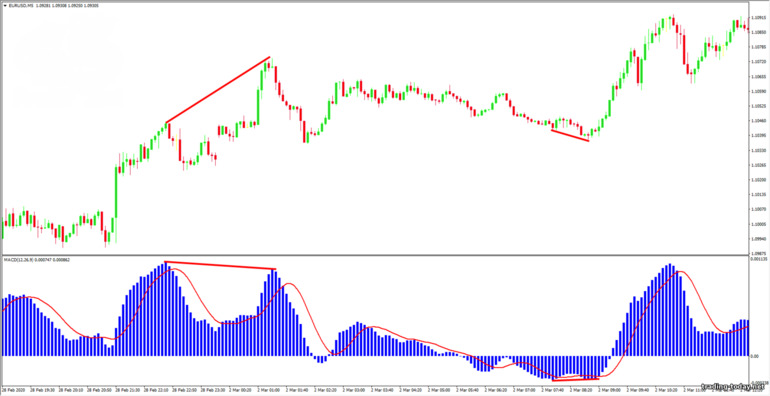
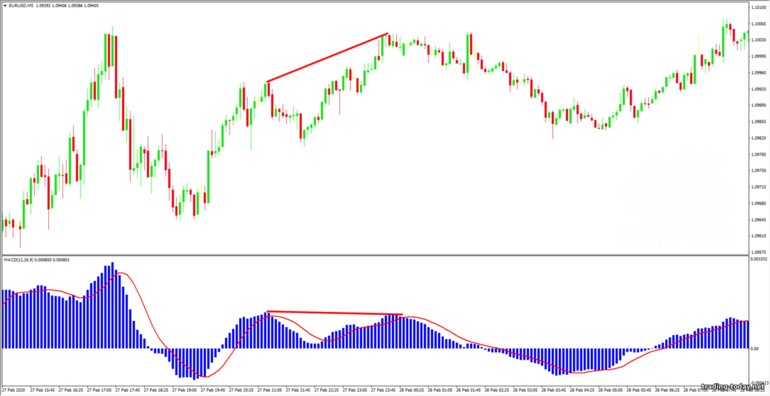
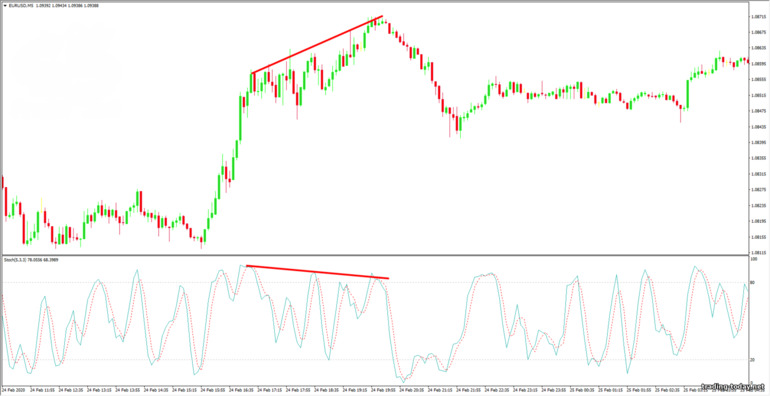
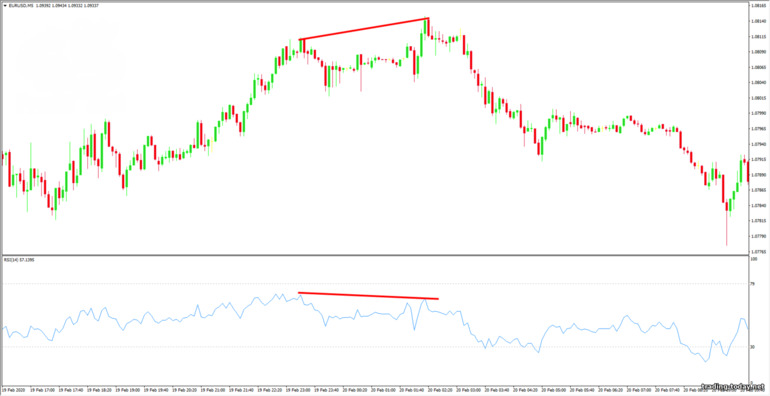
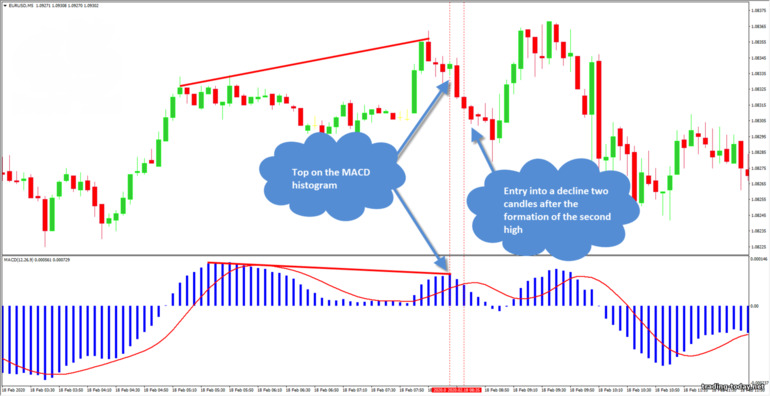
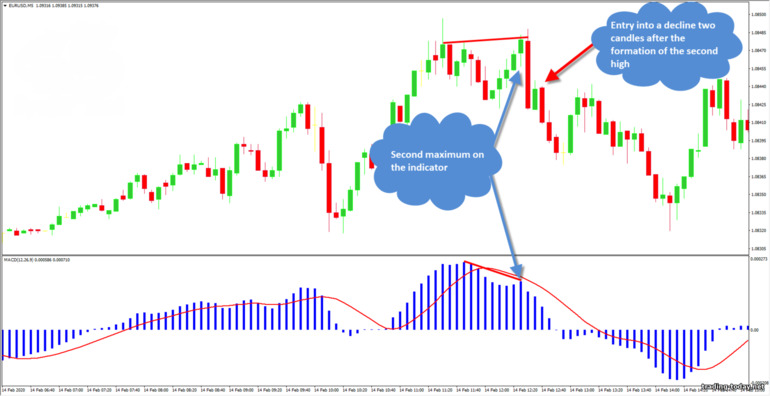
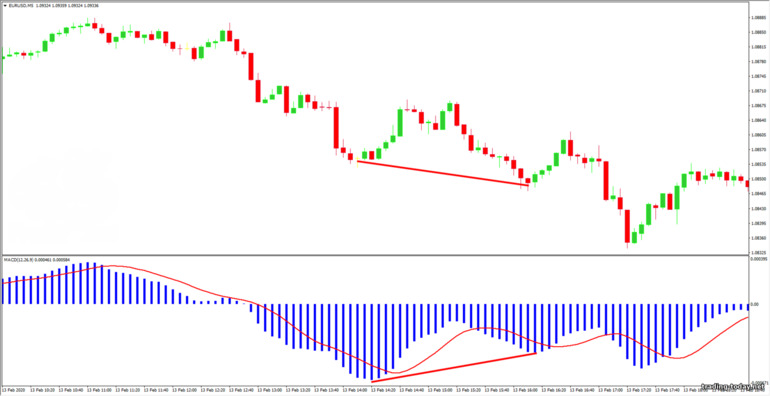
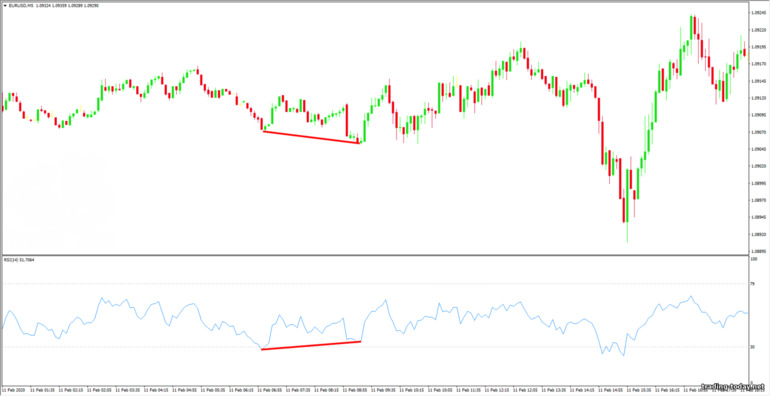
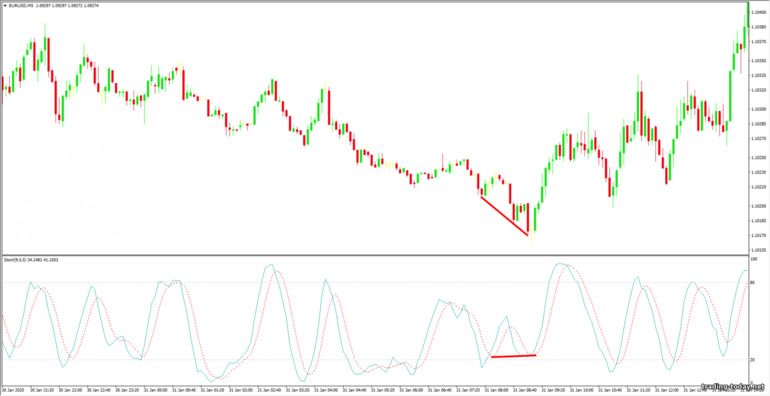
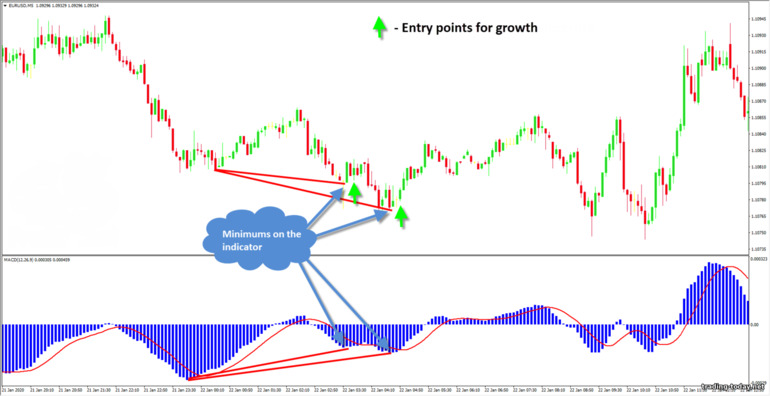
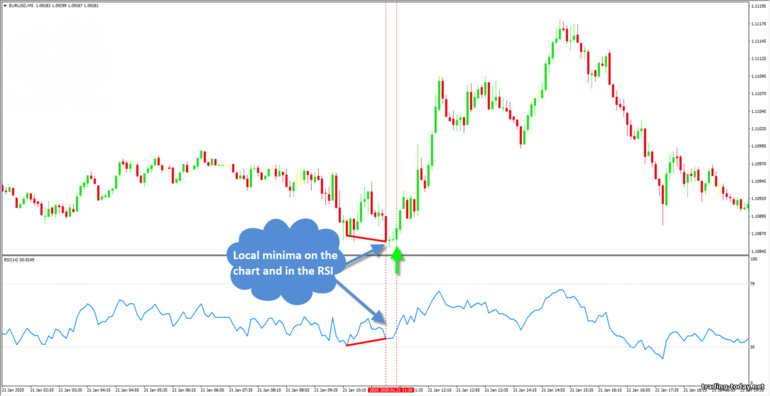
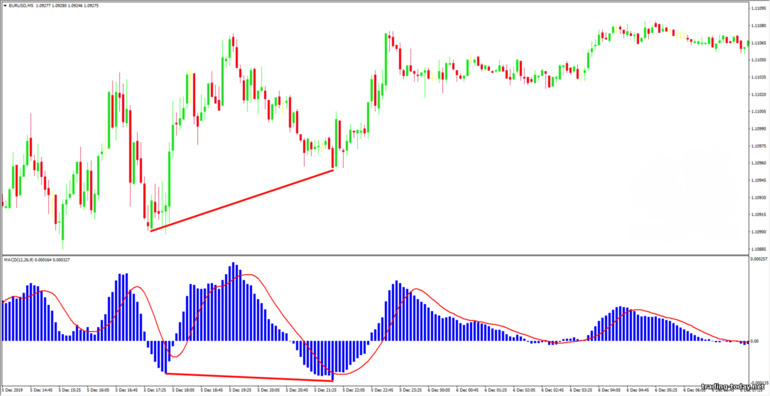
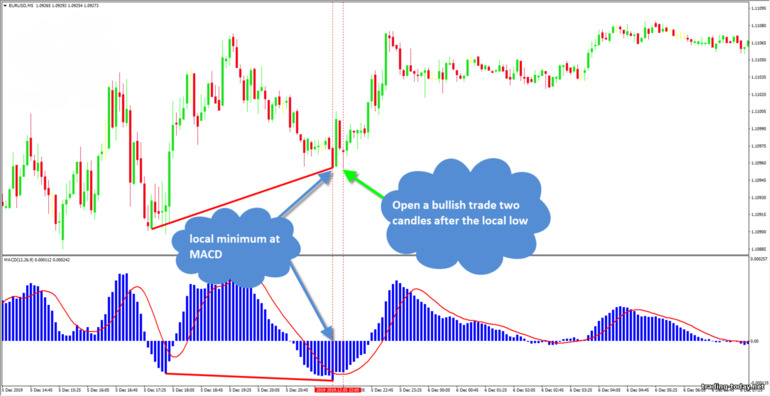
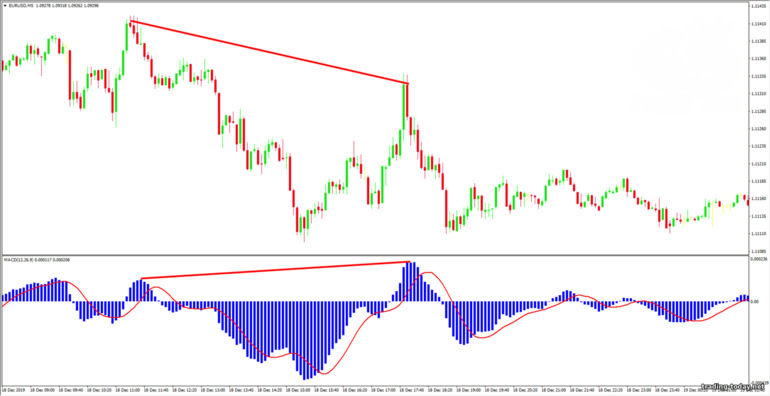
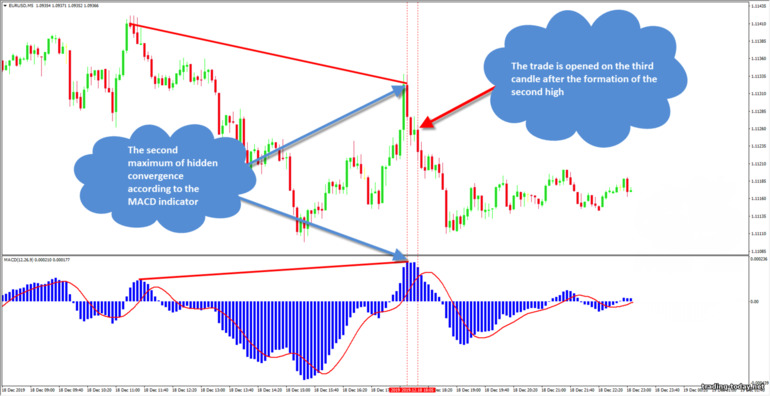
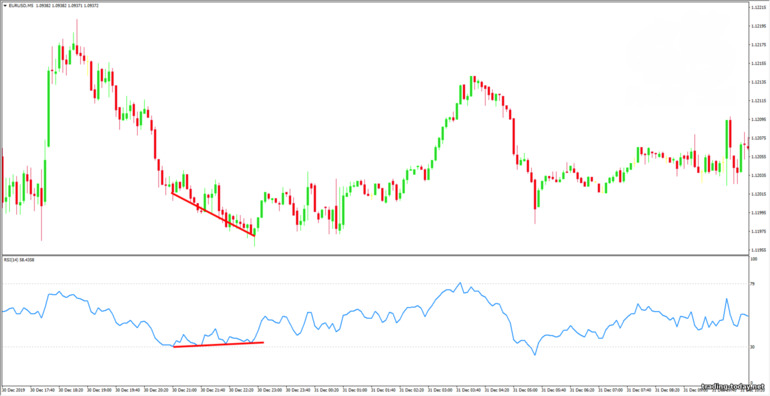
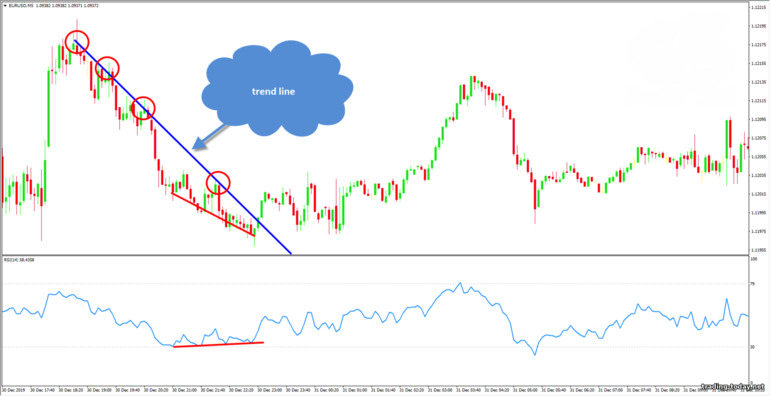
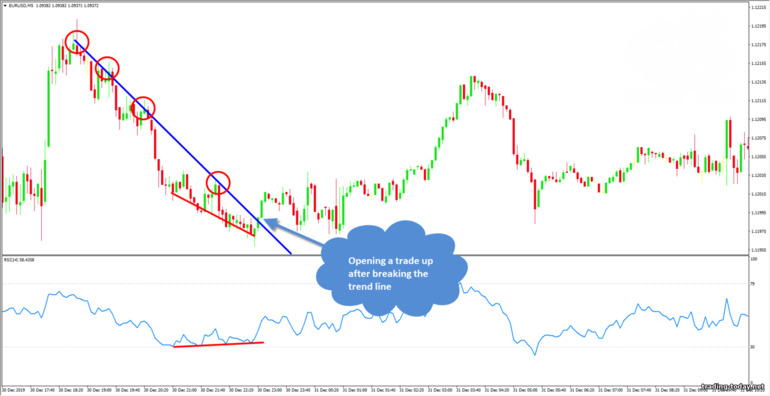
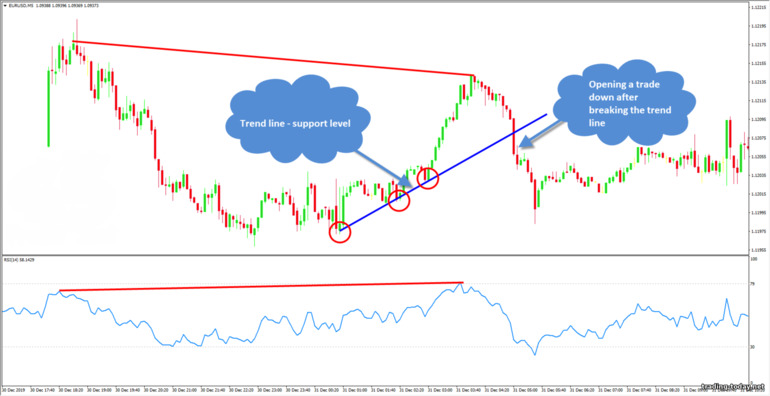
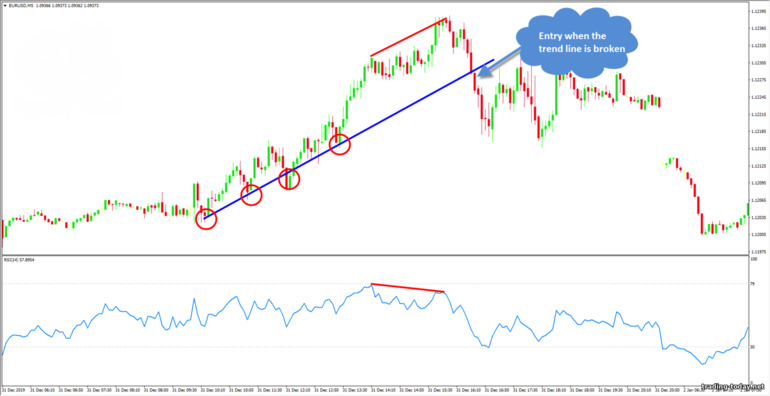

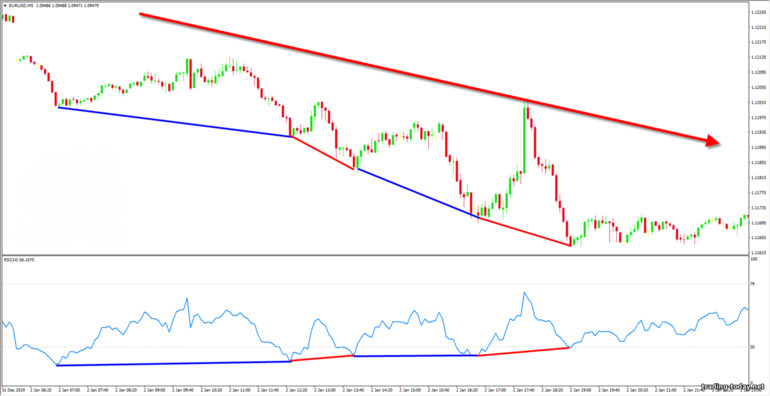
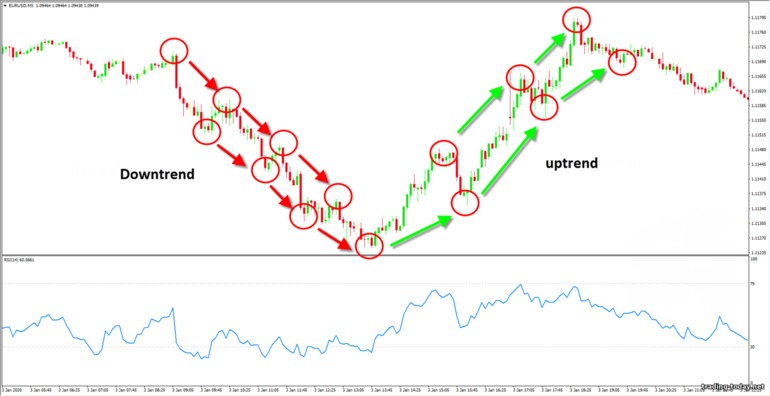
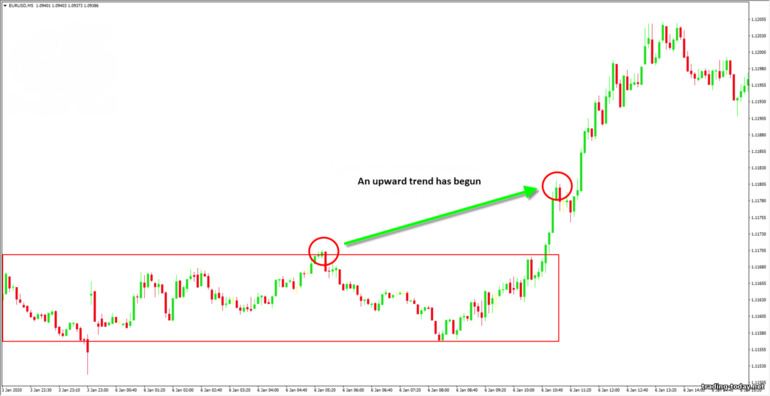
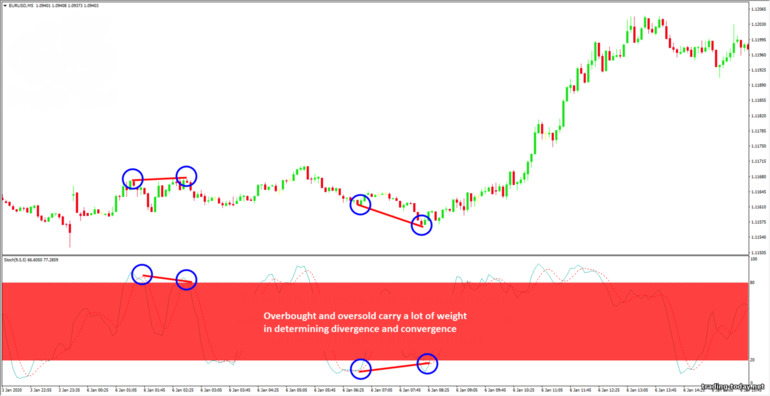
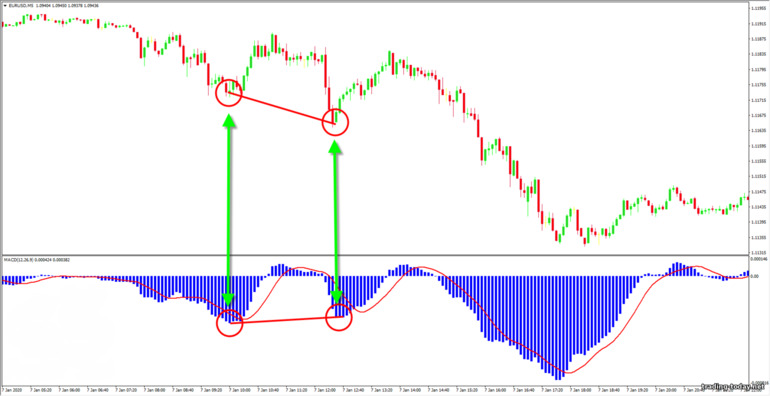
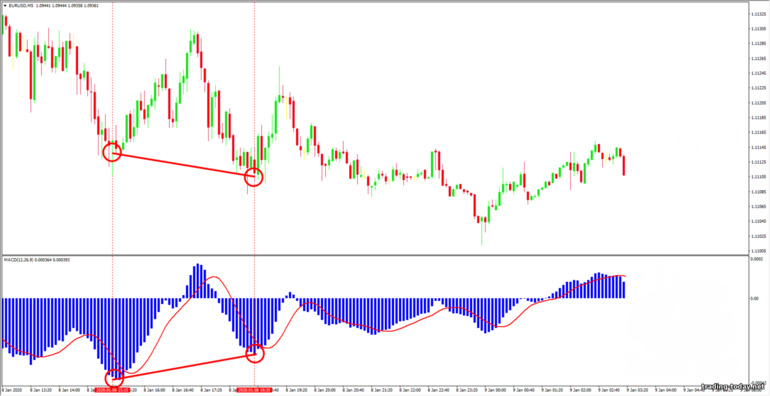
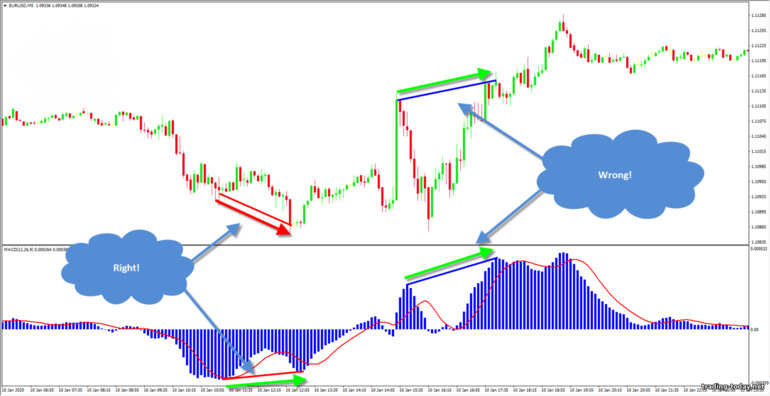
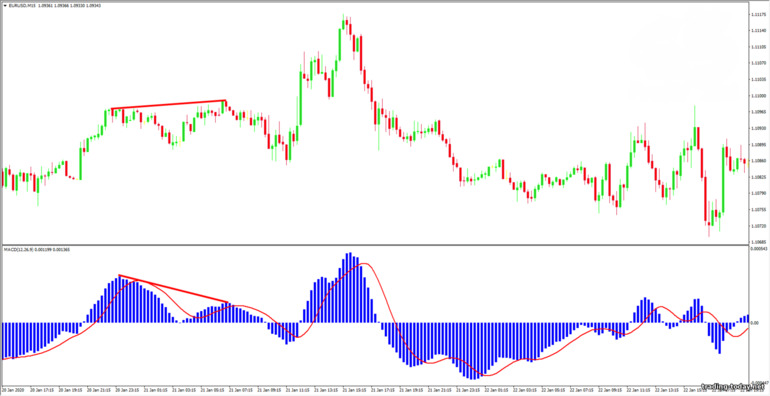
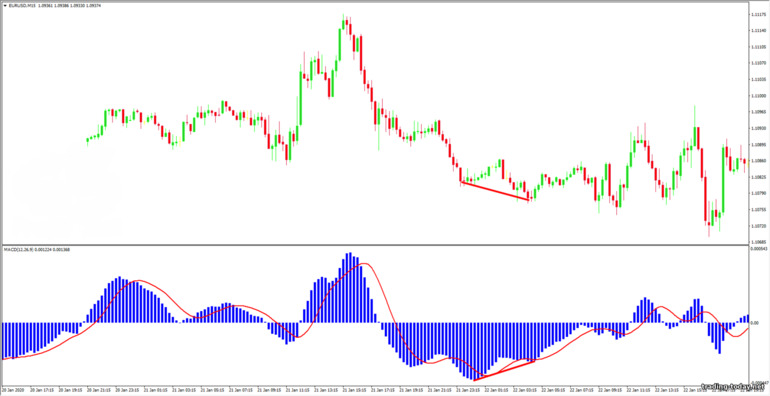
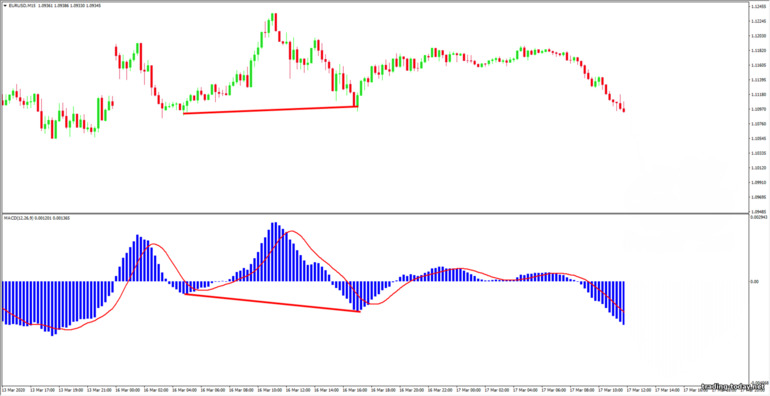
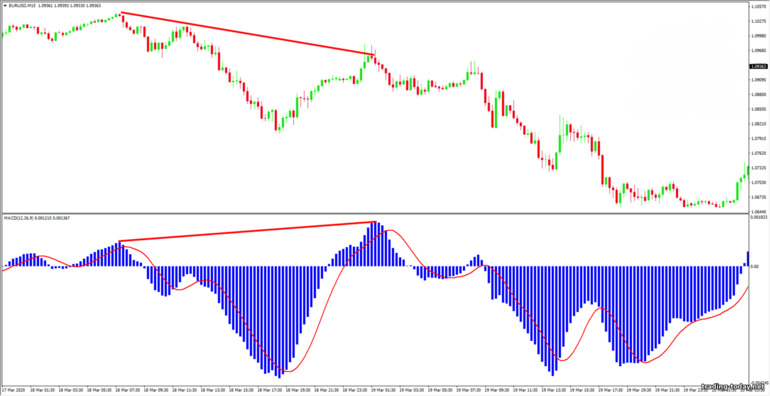


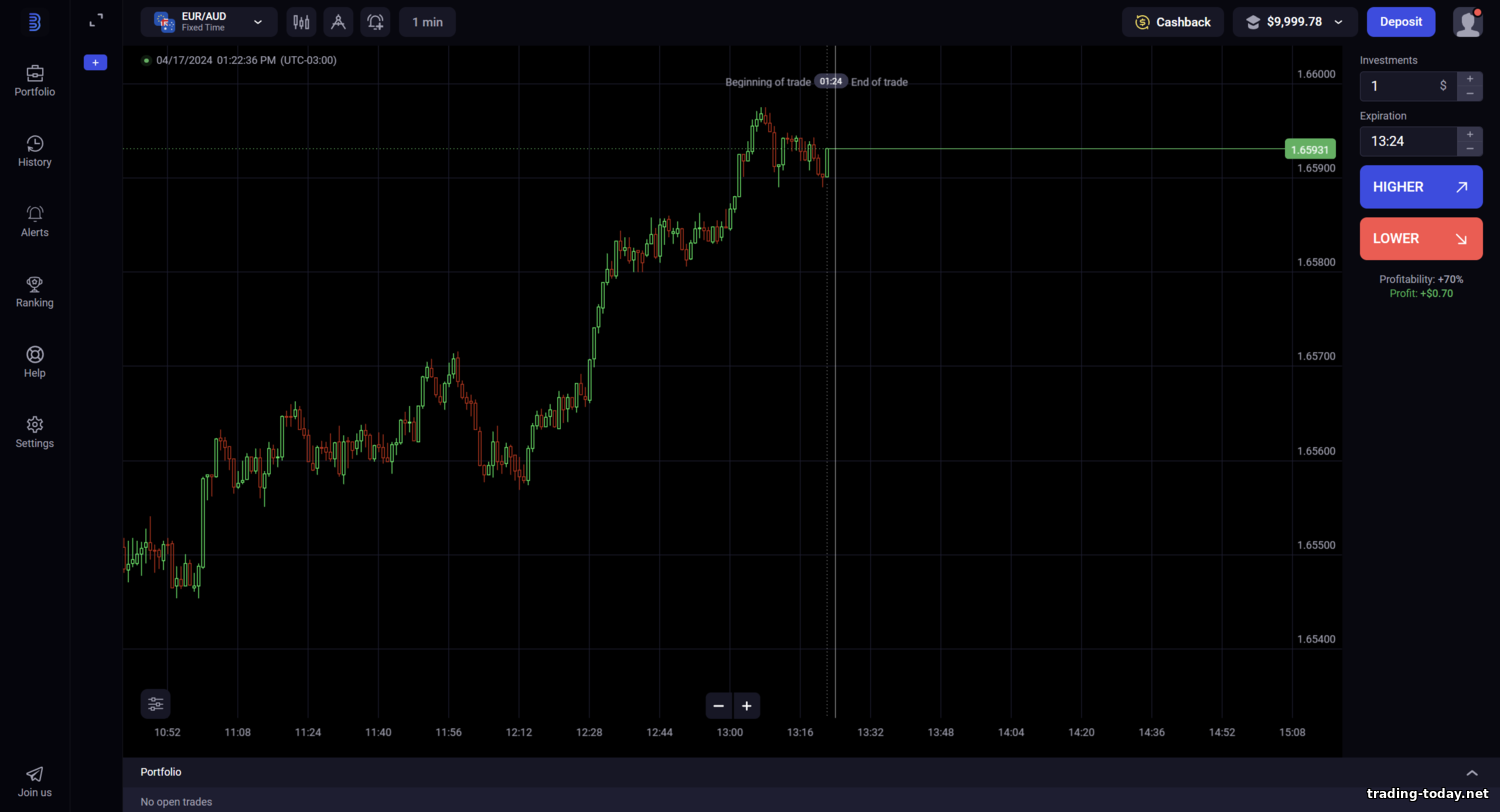

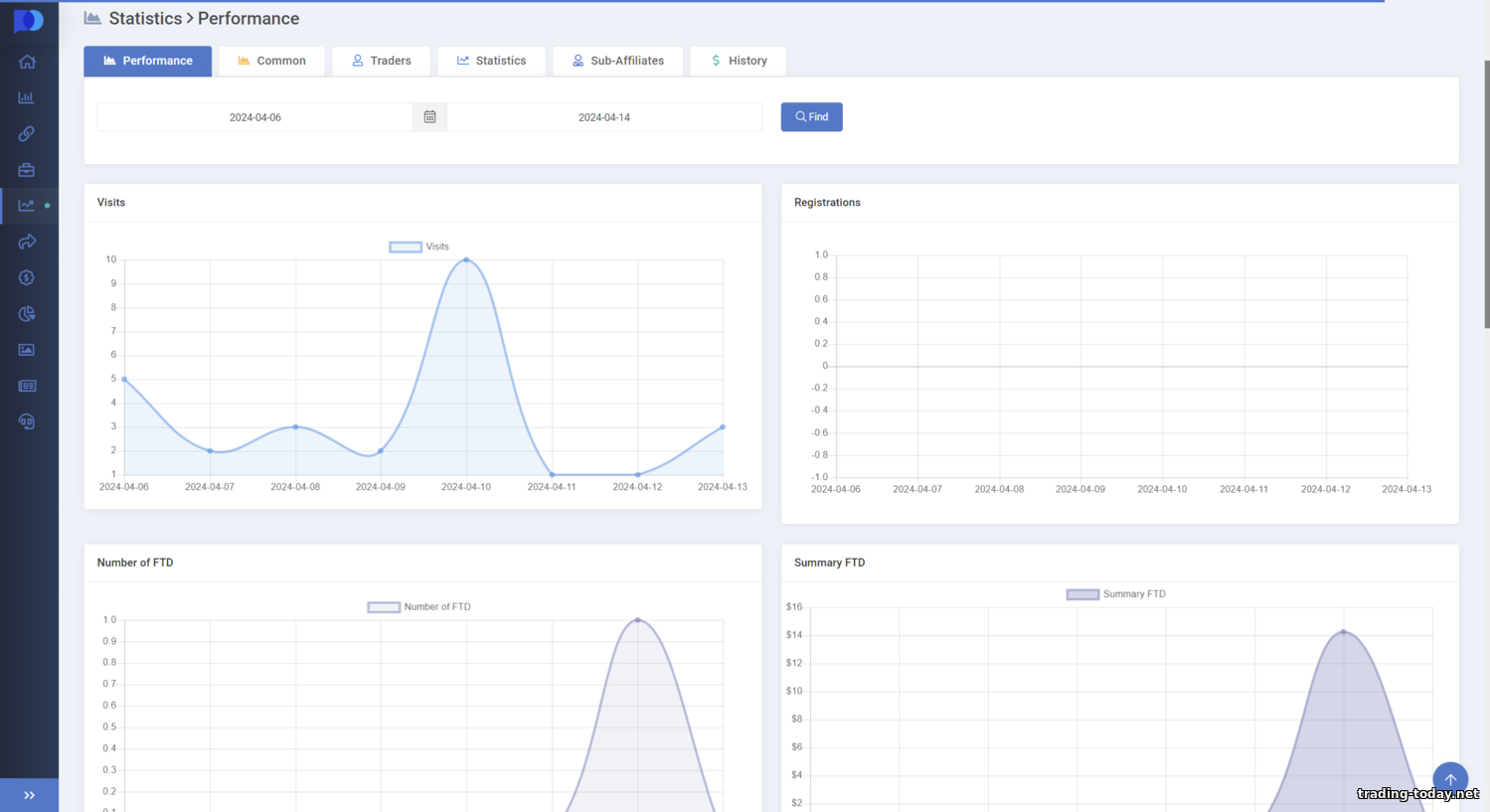

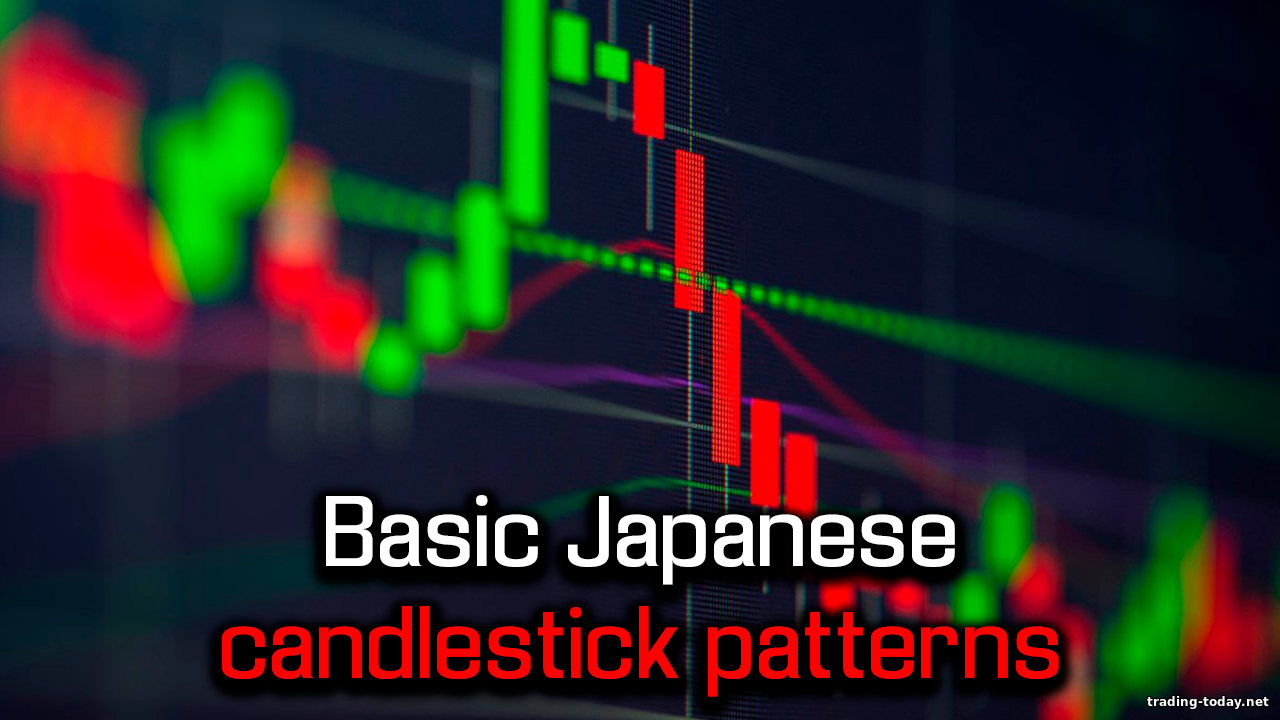


Reviews and comments